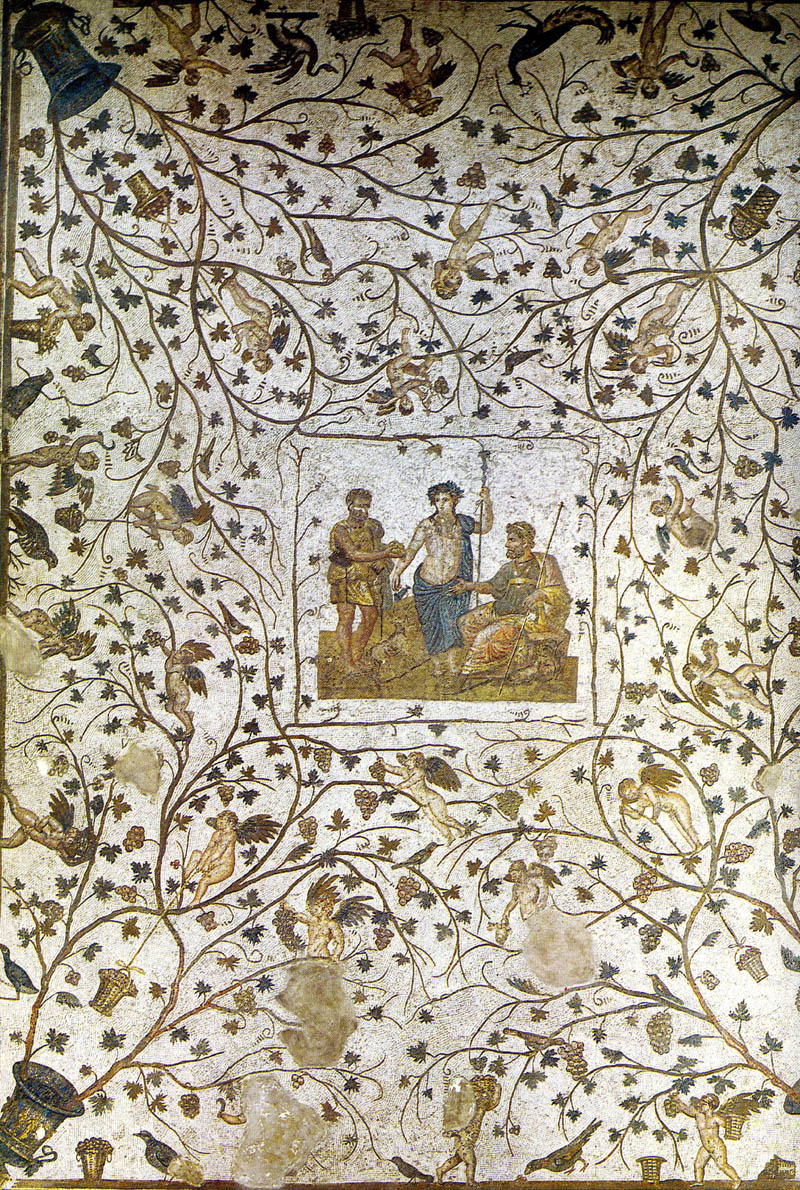
The grapevine and wine form an inseparable part of the everyday life of man, who has used them as a foodstuff, a drink, a medicine and even as a cosmetic. Grapevines were one of the first ever plants to be domesticated and grown. Furthermore, the grapevine and wine are linked to culture, tradition, pleasure and the enjoyment of the human spirit. Ever since man first began to record his thoughts in writing until the present day, there has been a multitude of references made to the links between culture and wine, in both religious texts and in literature and poetry. There have also been a great many artworks in which the vine and wine are the central motif, as can be seen in many murals, ceramics, sculptures, paintings and other art forms, including music. Also, the vine and wine have played an important part in trade, taxes and laws, and in many cases they have been protagonists in these areas. Architecture, in terms of its technical and artistic side, has also maintained a close relationship, from the days of the earliest, oldest wineries up to the most modern, technically advanced buildings of the present day. No other crop can rival the vine in terms of the deep, indelible mark it has left on the landscape through the course of history, as a result of the changes made by man by planting vineyards, which transform the colours of the landscape during the year, as the leaves change in tone, from spring to autumn. All these humanistic aspects have been closely studied by the researchers at CSIC.
Schedule:
Tuesday 17th May | 6:30pm. As part of the exhibition "The humanities, the vine, wine and CSIC", the Residence for Researchers cordially invites you to a lecture by Dr. Álvaro Girón (Institución Milà y Fontanals - CSIC) titled: "Science and wine, between chance and necessity. The great wines of Jerez (1770-1980)".The lecture will also include a wine tasting that will feature different wines from Jerez, thanks to the kind participation of the "Grupo Estévez".